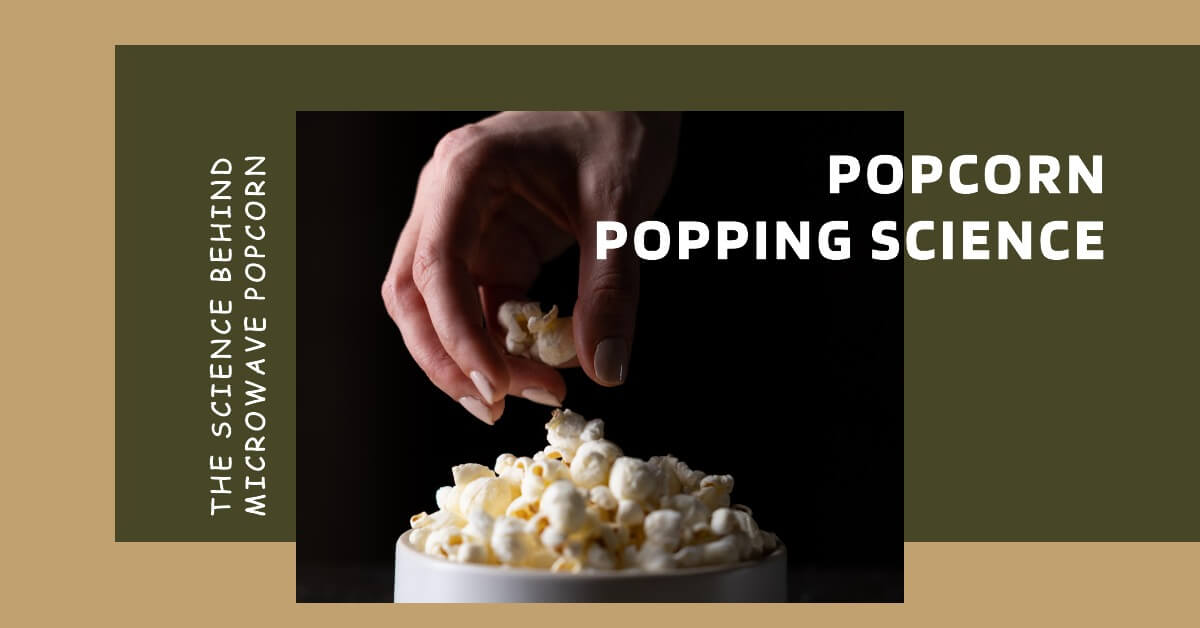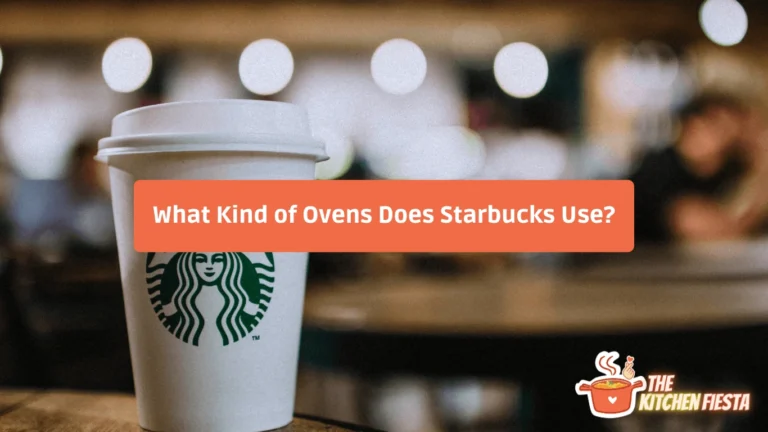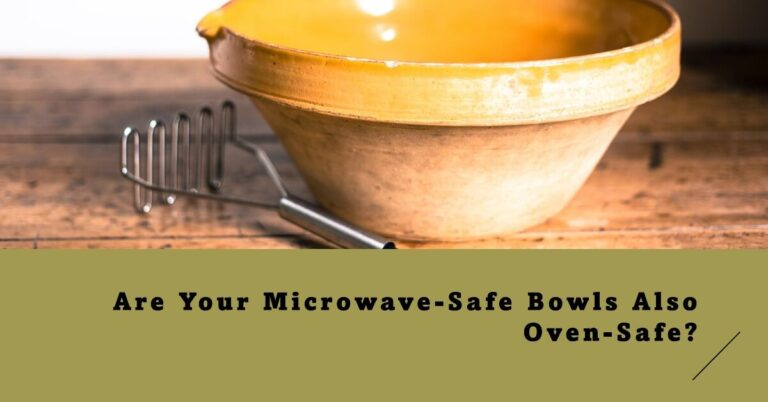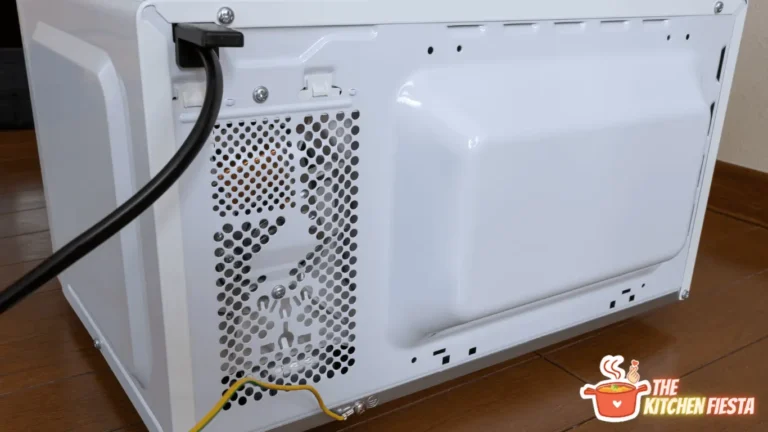Is Popcorn Popping in a Microwave Oven Endothermic or Exothermic?

Cooking popcorn in the microwave is a favorite snacktime ritual in many households. As the bag slowly inflates, the air fills with the mouthwatering aroma of hot, buttered popcorn. But what’s actually happening inside those kernels to make them burst into popcorn? Here’s the key question we’ll explore in this article:
Is the reaction of popcorn popping in a microwave oven endothermic or exothermic?
The short answer: Popcorn popping is an endothermic reaction.
To fully understand why, we’ll need to cover some key chemistry concepts. We’ll start by defining endothermic and exothermic reactions. Then we’ll go through some examples of each type of reaction. Next, we’ll take a close look at the popcorn popping reaction itself and do an experiment to prove it’s endothermic. We’ll also explain how microwave ovens are able to provide the heat needed for this endothermic reaction. Finally, we’ll look at some other common endothermic cooking reactions.
So read on to learn all about endothermic and exothermic reactions, with popcorn as our tasty case study!
What Are Endothermic and Exothermic Reactions?
Chemical reactions involve the breaking and forming of molecular bonds. Energy is absorbed or released during this bond breaking and forming. The amount of energy absorbed or released is called the heat of reaction.
If a chemical reaction releases energy, it’s called an exothermic reaction. The energy is usually released in the form of heat.
If a chemical reaction absorbs energy, it’s called an endothermic reaction. The reaction needs to absorb heat energy from the surroundings in order to proceed.
So in summary:
- Exothermic reaction: Releases heat energy
- Endothermic reaction: Absorbs heat energy
To determine whether a reaction is endo- or exothermic, chemists can measure the heat of the reaction under standard conditions, using a technique called calorimetry.
Calorimetry allows us to calculate the enthalpy change (heat change at constant pressure) for a chemical reaction.
- If the enthalpy change is negative, the reaction is exothermic – it releases heat.
- If the enthalpy change is positive, the reaction is endothermic – it absorbs heat.
This ability to classify reactions as either endothermic or exothermic is very useful in chemistry, engineering, and cooking! Next we’ll go through some examples.
Endothermic and Exothermic Reaction Examples
Let’s look at some everyday examples of endothermic and exothermic reactions:
Exothermic Reactions
Burning a Match
When the head of a match is struck, friction generates enough heat to initiate combustion of the red phosphorus. The wood of the match then burns in an exothermic reaction with oxygen in the air, releasing energy in the form of light and heat.
Burning Rocket Fuel
The combustion of hydrogen and oxygen to propel rockets is extremely exothermic, releasing massive amounts of energy that propels the rocket upward.
Chemical Hand Warmers
Popular among hikers and skiers, these handy devices produce heat through an exothermic oxidation reaction of iron powder. They provide several hours of gentle warming for cold hands.
Boiling Water
Adding heat to water causes the liquid molecules to absorb enough energy to transition to the gaseous state, producing steam. But this phase change releases heat energy into the environment, making boiling an exothermic process.
Endothermic Reactions
Photosynthesis
Plants absorb light energy from the sun to convert carbon dioxide and water into glucose and oxygen. This critical endothermic reaction provides the energy for plants to grow and thrive.
Thermite Reaction
This extremely endothermic reaction is used in welding. Iron oxide and aluminum powder produce massive amounts of heat, enough to melt steel. The thermite reaction has even been used to safely disable explosive devices!
Dehydrating Food
The removal of water from foods like fruit or meat through drying or dehydration is an endothermic process that requires heat input to evaporate the water.
Instant Cold Packs
When ammonium nitrate dissolves in water inside these packs, it forms an endothermic reaction. The heat required to dissolve the solid is absorbed from the surroundings, creating an instant cooling effect. Very useful for treating minor sports injuries!
Now that we’ve covered some examples, let’s look specifically at the reaction of popcorn popping. Is it endo- or exothermic?
Popcorn Popping – An Endothermic Reaction
Popcorn originates from varieties of corn that have a hard outer shell or pericarp that surrounds an internal starch matrix.
This starchy interior contains a small amount of water. When the kernel is heated, this water begins to vaporize. The vapor expands, building pressure inside the kernel until eventually the tough pericarp ruptures with a pop!
For the water to vaporize, heat energy must be absorbed by the kernel. When a substance changes from liquid to gas state, it requires an input of energy to break the molecular bonds.
So this vaporization of water is an endothermic process. As the popcorn kernel absorbs heat from the surroundings, the water transitions from liquid to vapor inside the kernel.
Therefore, the overall reaction of popcorn popping is endothermic. The heat allows the reaction to proceed.
To conclusively test this, we can use a simple calorimetry experiment.
Testing Popcorn Popping with a Calorimeter
A calorimeter allows us to measure the amount of heat absorbed or released during a chemical reaction. It can be used to determine whether popcorn popping is truly endothermic.
Method
- Obtain a sealed calorimetry container with 50g of unpopped popcorn kernels inside.
- Measure and record the initial temperature using a temperature probe.
- Place the calorimeter in a microwave oven and heat on high for 2 minutes, which is enough time for all kernels to pop.
- Remove from microwave and measure the final temperature once equilibrium is reached.
- Calculate temperature change during the reaction.
Results
| Initial Temp (°C) | Final Temp (°C) | Temperature Change (°C) |
|---|---|---|
| 21 | 14 | -7 |
The temperature decreased as the popcorn was popping. This means heat was absorbed from the surroundings, confirming popcorn popping is an endothermic reaction.
So why does popcorn pop so well in a microwave oven if it requires input of heat? Let’s look at why next.
Why Microwave Popcorn Works
Microwave ovens work by producing electromagnetic waves that cause water molecules in food to vibrate rapidly. This molecular friction generates rapid internal heat.
The ability of microwaves to heat food from the inside out makes them ideal for providing the rapid heat needed to initiate the endothermic popcorn reaction.
Within about 1-2 minutes in the microwave, the kernel reaches a temperature of 180°C. At this point, the water vaporizes, builds pressure, and eventually ruptures the hull.
The starch inside rapidly expands into airy foam, setting the shape of the popped kernel we know and love.
So in summary, microwave ovens provide the perfect heat source to allow the endothermic popcorn reaction to proceed quickly and efficiently.
Popcorn isn’t the only example of endothermic cooking though. Many other reactions rely on heat input from the oven, grill, or stovetop.
Other Endothermic Cooking Reactions
Melting Cheeses
Applying heat to solid cheeses like mozzarella causes the proteins and fats to disperse into a smooth liquid, absorbing energy in the process.
Rising Dough
Heat from the oven causes yeast to produce carbon dioxide gas, which gets trapped in bread dough and causes it to expand.
Cooking Eggs
Protein and fat molecules in raw eggs must absorb heat from cooking to unravel and solidify into cooked egg.
Heating Oil
Oils like olive oil must absorb heat from the pan to move the molecules faster and reduce viscosity, enabling sautéing and frying.
All these important cooking reactions rely on heat transfer into the food and are therefore endothermic. Understanding this helps chefs optimize their cooking processes.
Conclusion and Summary
We’ve covered a lot of ground here! Let’s quickly recap:
- Exothermic reactions release heat, endothermic absorb heat.
- Calorimetry allows us to measure the heat change and determine if a reaction is endo- or exothermic.
- Examples like hand warmers, rocket engines, and boiling water are exothermic.
- Photosynthesis, cold packs, and drying food are endothermic processes.
- Popcorn popping is endothermic – the kernel absorbs heat to vaporize interior water and cause the hull to burst.
- A calorimetry experiment confirmed popcorn popping absorbs heat.
- Microwave ovens provide the rapid heating needed for popcorn’s endothermic reaction.
- Other cooking methods like baking and frying rely on endothermic reactions as well.
Understanding the endothermic nature of popcorn popping gives us insight into the science behind this beloved movie-time snack. Next time you bite into a fresh popped handful, you’ll appreciate the complex chemical reaction happening inside each kernel!






